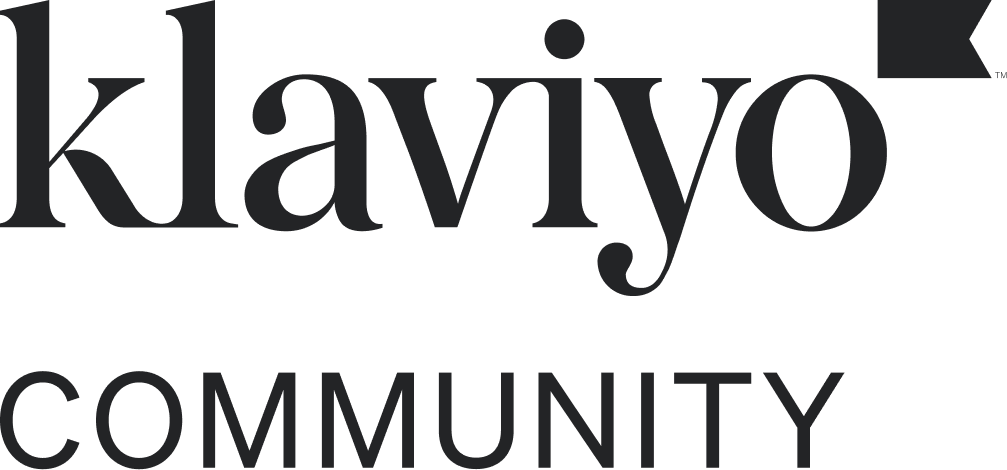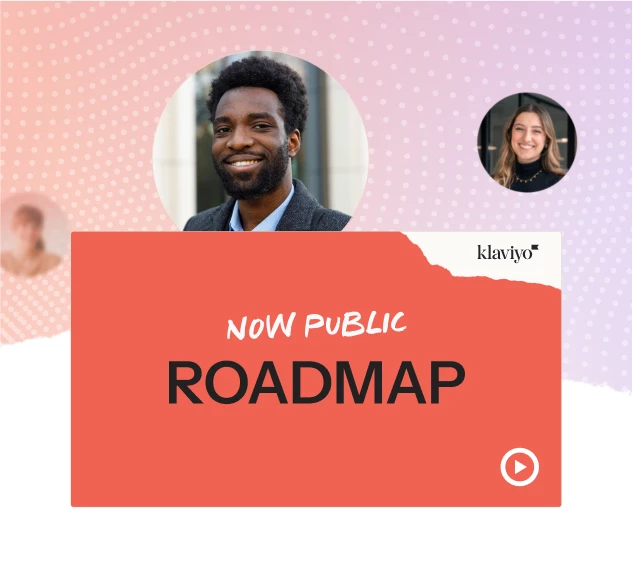Hi Klaviyo Community,
I have an instance where a Shopify store was used for B2B sales. This Shopify store is no longer serving B2B, as a new tool is being used for the B2B part of the business and we want to use Klaviyo - Shopify for DTC.
However, we are price conscious and signed up to the free plan as we would like to generate an income from e-mail marketing before signing up for the paid version.
When creating our Klaviyo account, naturally Klaviyo synced with the Shopify store and historical data was pulled through (over 1,200 profiles) which obviously meant we no longer qualify for the free plan.
However, the vast majority of these profiles aren’t relevant as they’re B2B and not DTC.
What would be the best way to approach this?
Should we add tags to the B2B profiles on Shopify and remove profiles with those tags from Klaviyo or how would you suggest we go about this?
Ultimately, we don’t want the B2B profiles to sync with Klaviyo as they aren’t relevant to the DTC part of our business that we’d like to use Klaviyo for.
Any guidance will be greatly appreciated.
Have a wonderful day further.
Warm regards,
SmileyRox 💌



![[Academy] Klaviyo Product Certificate Forum|alt.badge.img](https://uploads-us-west-2.insided.com/klaviyo-en/attachment/8798a408-1d98-4c3e-9ae8-65091bb58328_thumb.png)




![[Academy] SMS Strategy Certificate Forum|alt.badge.img](https://uploads-us-west-2.insided.com/klaviyo-en/attachment/2f867798-26d9-45fd-ada7-3e4271dcb460_thumb.png)
